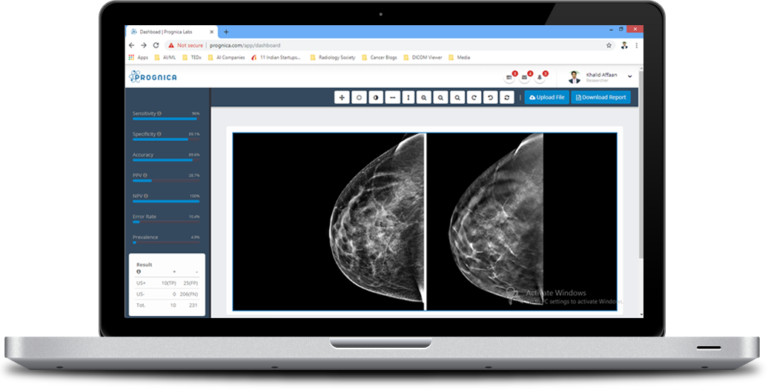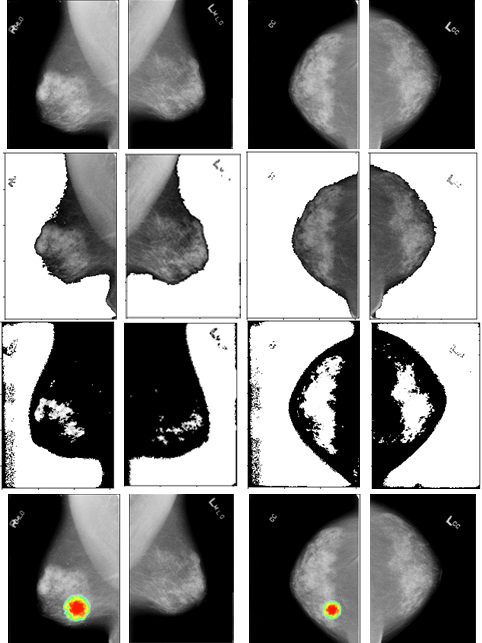Mammography is one of the most widely used methods for breast cancer screening and has contributed significantly to the reduction of the mortality rate through early detection of cancer1. However, the complexity of mammograms and the high volume of exams per radiologist can result in false diagnosis2, 3.
During mammography screening, the presence of breast microcalcifications is a primary risk factor for breast cancer. Breast calcifications in the early stages of breast cancer appear like scattered spots in the mammographic image that range from 0.1 to 1.0 mm in size4. The accurate detection and diagnosis of a breast lesion solely based on mammography findings is difficult and highly depends on the expertise of the radiologist, which leads to a high number of false positives and additional examinations5.




